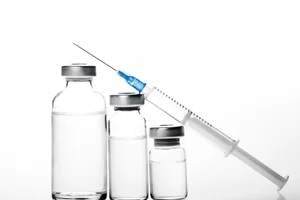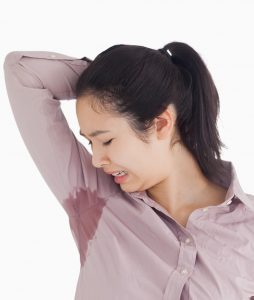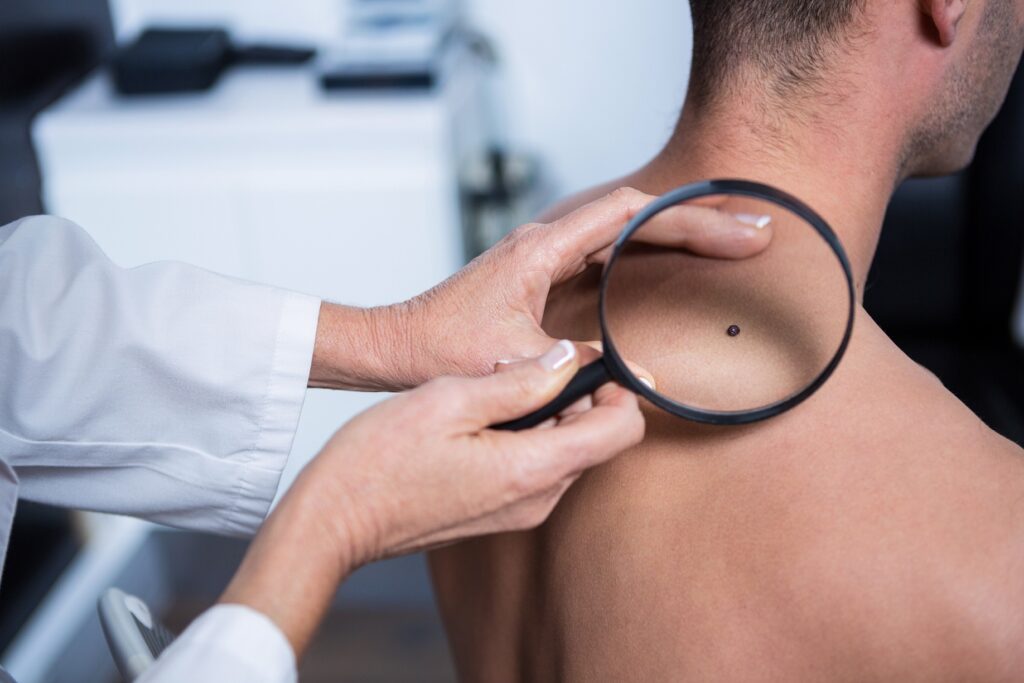Think you need to lie out to boost vitamin D levels? That it’s safe to tan as long as you wear sunscreen? That skin cancer isn’t that big a deal? Top skin doctors help set the record straight on common sun, sunscreen, and skin cancer myths.
Myth: “A base tan protects you.”

It’s a dermatologist mantra: There. Is. No. Such. Thing. As. A. Safe. Tan. “A tan is literally your body’s response to being injured by UV exposure,” says Darrell Rigel, MD, a clinical professor of dermatology at New York University Medical Center. When your cells are exposed to UV light, they produce more melanin, the pigment that colors your skin, which is why you tan. But this is a sign that damage has already been done, not protection against future sun exposure. In fact, a “base tan” provides the SPF equivalent of about a 4, says Steve Rotter, MD, a dermatologic surgeon in Virginia. (As a comparison, a white T-shirt gives you more coverage—about an SPF 7).
Myth: “80 percent of sun damage occurs before age 18, so the injury is already done.”

The latest thinking shows that you get closer to just 25 percent of total sun exposure by age 18—that 80 percent figure is outdated and inaccurate. Further, experts say revamping your sun habits at any age is a smart move. “It’s the same as smoking cigarettes—no matter how much damage you’ve done, it’s always good to stop,” says Rigel. While it’s true that melanoma, the deadliest form of skin cancer, is more closely linked to childhood sunburns, “it’s cumulative sun exposure that’s associated with other skin cancers, not to mention wrinkles, thinning skin, dark spots, and ‘broken’ capillary veins on the skin,” says Jessica Wu, MD, Los Angeles dermatologist and assistant clinical professor of dermatology at USC School of Medicine. Here are more sunscreen dos and don’ts you should know this summer.
Myth: “I have dark skin, so I don’t need to worry.”

“This is just profoundly, radically false,” says Ranella Hirsch, MD, a Boston dermatologist and past president of the American Society of Cosmetic Dermatology and Aesthetic Surgery. Many people with more pigment in their skin will have a lower skin cancer risk, says Rigel, but they’re not immune. One CDC paper found that up to 30 percent of darker-skinned ethnic groups reported at least one sunburn in the previous year. “Unfortunately, skin cancer is frequently diagnosed later in people of color—perhaps because of the misconception that they are not at risk—so it’s often progressed to a later stage and is more difficult to treat,” says Wu. Singer Bob Marley, for example, died of melanoma on his toe that was misdiagnosed as a soccer injury. Furthermore, skin color isn’t as simple as it sounds, because people are more heterogeneous than you think, explains Hirsch. So even if you have a dark complexion, you could have genes that make you more susceptible to skin cancer.
Click here to find out what other myths people mistaken about sun protection.
Credit: Lauren Gelman, Reader’s Digest



 At TDC, you can be rest assured that only our expert physicians, with many years of training & expertise, treat our patients with
At TDC, you can be rest assured that only our expert physicians, with many years of training & expertise, treat our patients with 
 Can a simple injection stop you from sweating through your shirt?
Can a simple injection stop you from sweating through your shirt? Body
Body 


